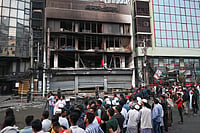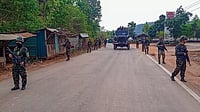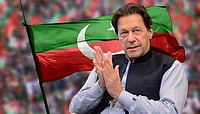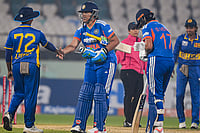The book tries to be inclusive, thus favouring a debate, and to look beyond the immediate impact of Pokhran II. The three broad issues discussed are the bomb, deterrence and arms control; non-military variables; and diplomacy and foreign relations. Its biggest achievement is in the recognition that in India there is no consensus on any aspect of the nuclear issue. It also brings to the fore the far greater divide among the proponents of the nuclear weapons. From being a minimum deterrent to being an effective tool to prove the military might, the proponents of nuclear weapons disagree on every step.
Kanti Bajpai’s The Great Indian Nuclear Debate divides the proponents of nuclear weapons in India into three groups: rejectionists, pragmatists and maximalists. He explains how they differ on six crucial aspects: the nature of nuclear threat, force size and force structure, no-first use, the deployment mode of nuclear weapons, command and control, and the logic of deterrence. Bajpai’s paper becomes a counterpoint to the stand taken by all the proponents of the nuclearisation. Where does the book fail? All the authors are wearing their hearts on their sleeves. The very first paragraph spells out their stand on nuclearisation. And this is not surprising. The debate will not happen by restating the stated positions. Most of the authors are prolific, their stances also well known. The only way the book could have initiated the real debate is by publishing the transcripts of the debate that followed the presentation of each paper at the seminar. The editor of the collection says that each paper was enthusiastically debated. Did any of the speakers concede that there might be an error in their reading of the situation? Did anyone change stands, even partially? Or did the seminar help to reinforce the nuclear divide? In a country like ours where there is a wealth of material on nuclear issues, answers to these questions would have provided useful insights. By failing to do so, this book becomes yet another collection of divergent views on the nuclear cauldron.


























